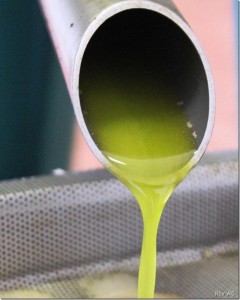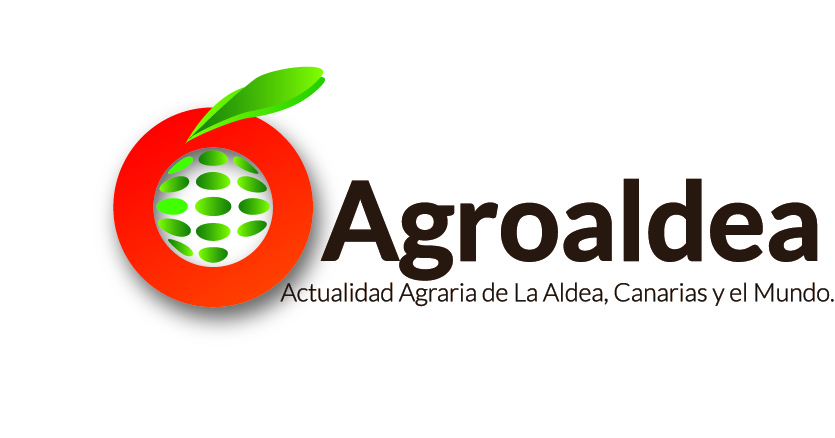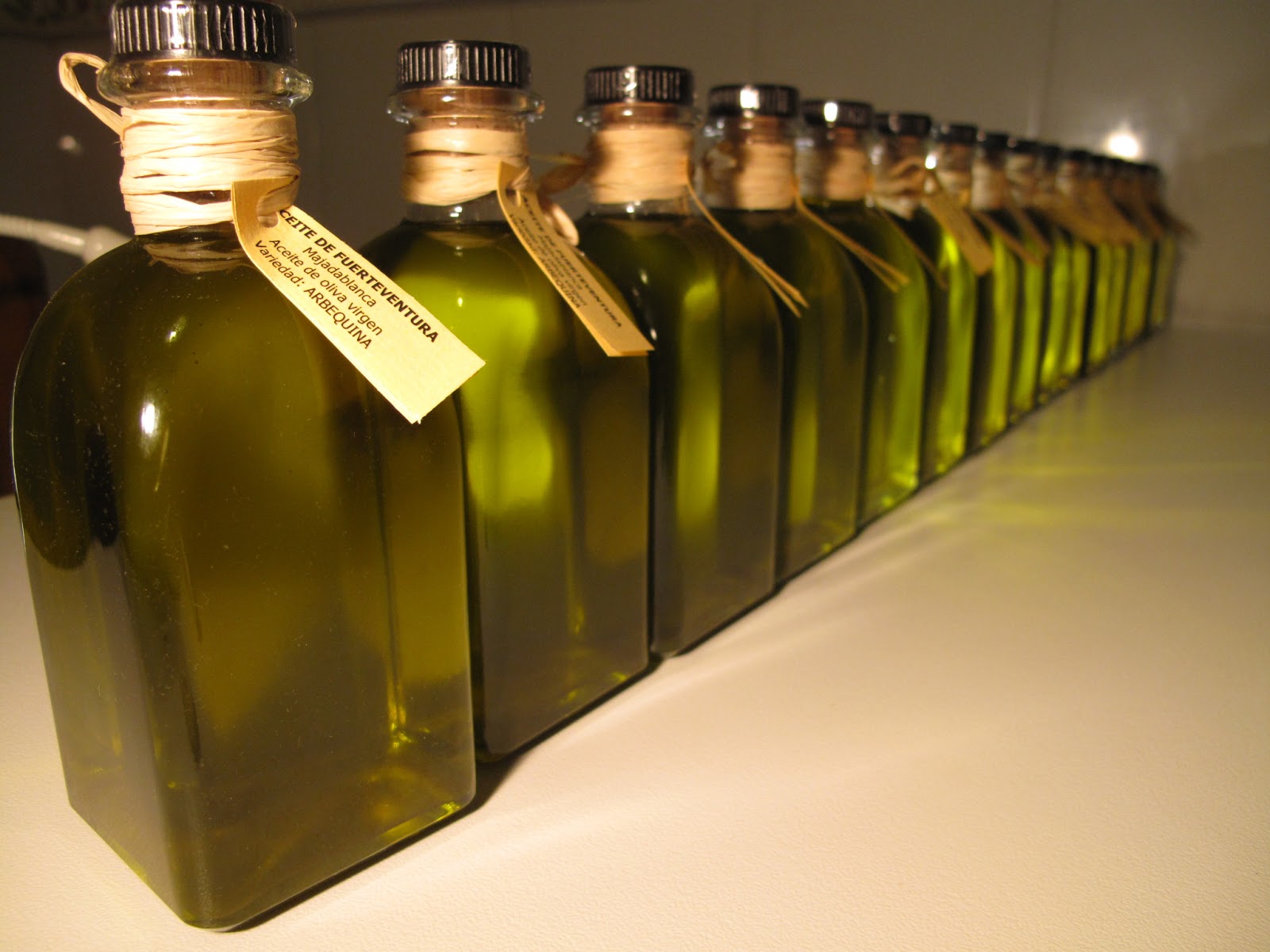 In the last two weeks, as much olive oil has been produced as in the entire past season.
In the last two weeks, as much olive oil has been produced as in the entire past season.
The Cabildo de Fuerteventura estimates that production could reach 6.000 liters, double the campaign 2013. The challenges now lie in continuing to increase production, that it reaches the market and that it is profitable.
The olive campaign 2014 started in Fuerteventura this August and will last until the end of October. The milling process takes place in the mill that the Cabildo makes available to farmers at the Pozo Negro Experimental Farm..
The Minister of Agriculture, Livestock and fisheries, Rita Díaz, notes that “The support that the primary sector of Fuerteventura receives from this Ministry is materialized in multiple actions, both formative and scientific and aid to production”.
And in the development of this policy of specific support for field and sea professionals, it is necessary to highlight the work carried out by the Pozo Negro Farm, especially during the olive milling campaign. Thanks to these facilities, it is possible for our island to produce one of the most unique and sought-after virgin olive oils in the Canary Islands.. pure liquid gold, indicates Diaz.
 The pace of work is constant in the olive processing center in Pozo Negro. Proof of this is that in the first two weeks of this campaign a total of 59 farmers. their olives, about a few 13.000 kilograms so far, have been processed in the grinding machine in batches of about 1.000 kilos.
The pace of work is constant in the olive processing center in Pozo Negro. Proof of this is that in the first two weeks of this campaign a total of 59 farmers. their olives, about a few 13.000 kilograms so far, have been processed in the grinding machine in batches of about 1.000 kilos.
From the Cabildo de Fuerteventura it is highlighted that, compared to the campaign 2013, where in total they were processed 22.000 kilograms of olives and obtained 3.000 liters of oil, «This campaign has covered half of those figures in just two weeks, still two months left for collection and processing».
The process has four steps. First of all, the olives are introduced into the machine where they are crushed with stone and pulp. Then, the resulting mass is subjected to a process of separating solids and liquids through a centrifuge. In third place, the raw oil is introduced into tanks for decantation, i.e., so that the solid remains and impurities settle and form a sediment that gives the oil its best image. At last, virgin olive oil, Passed the health tests, goes to the bottling train for consumption.
The counselor points: “we have the product, the quality and taste, and it is time to look for its best commercialization and profitability”.

